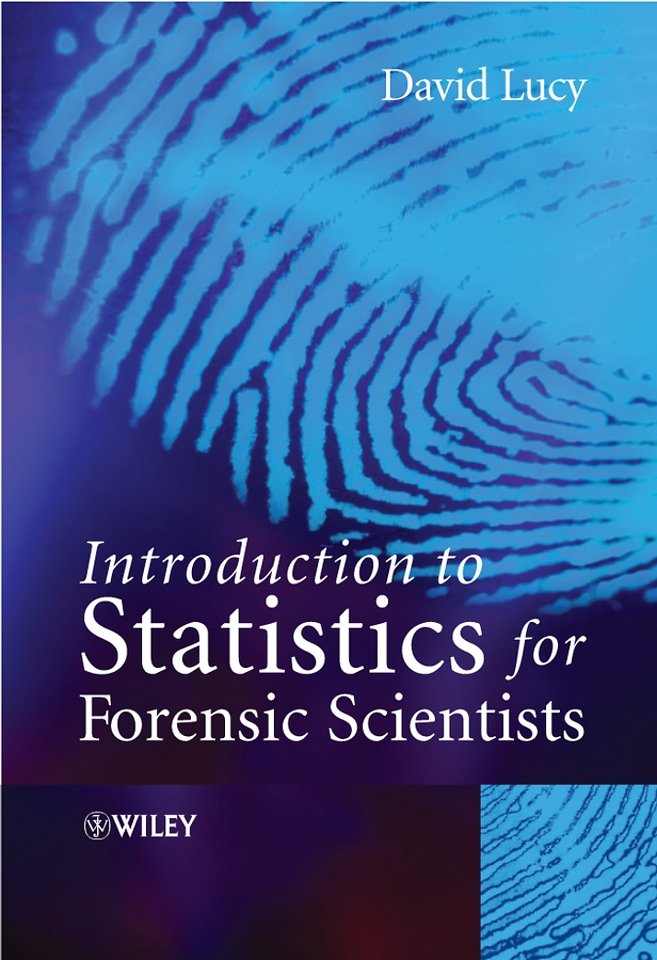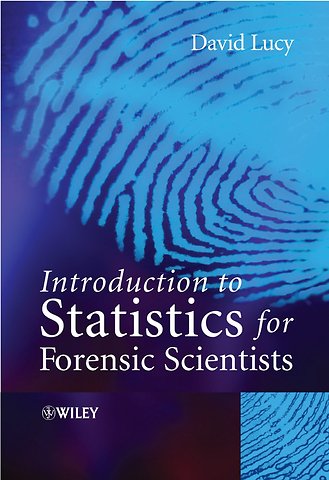Introduction to Statistics for Forensic Scientists
Samenvatting
'Introduction to Statistics for Forensic Scientists' is an essential introduction to the subject, gently guiding the reader through the key statistical techniques used to evaluate various types of forensic evidence. Assuming only a modest mathematical background, the book uses real–life examples from the forensic science literature and forensic case–work to illustrate relevant statistical concepts and methods.
Opening with a brief overview of the history and use of statistics within forensic science, the text then goes on to introduce statistical techniques commonly used to examine data obtained during laboratory experiments. There is a strong emphasis on the evaluation of scientific observation as evidence and modern Bayesian approaches to interpreting forensic data for the courts. The analysis of key forms of evidence are discussed throughout with a particular focus on DNA, fibres and glass.
An invaluable introduction to the statistical interpretation of forensic evidence; this book will be invaluable for all undergraduates taking courses in forensic science.
- Introduction to the key statistical techniques used in the evaluation of forensic evidence
- Includes end of chapter exercises to enhance student understanding
- Numerous examples taken from forensic science to put the subject into context
Specificaties
Inhoudsopgave
List of Figures
List of Tables
1. A short history of statistics in the law
2. Data types, location and dispersion.
3. Probability
4. The normal distribution
5. Measures of nominal and ordinal association
6. Correlation
7. Regression and calibration
8. Evidence evaluation
9. Conditional probability and Bayes′ theorem
10. Relevance and the formulation of propositions
11. Evaluation of evidence in practice
12. Evidence evaluation examples
13. Errors in interpretation
14. DNA I
15. DNA II
16. Sampling and sample size estimation
17. Epilogue
Appendix A: Worked solutions to questions
Appendix B: Percentage pints of the standard normal distribution
Appendix C: Percentage points of t–distributions
Appendix D: Percentage points of X2–distributions
Appendix E: Percentage points of beta–beta distributions
Appendix F: Percentage points of f–distributions
Appendix G: Calculating partial correlations using ′Excel′ software
Appendix H: Further algebra using the "third law"
References
Index










